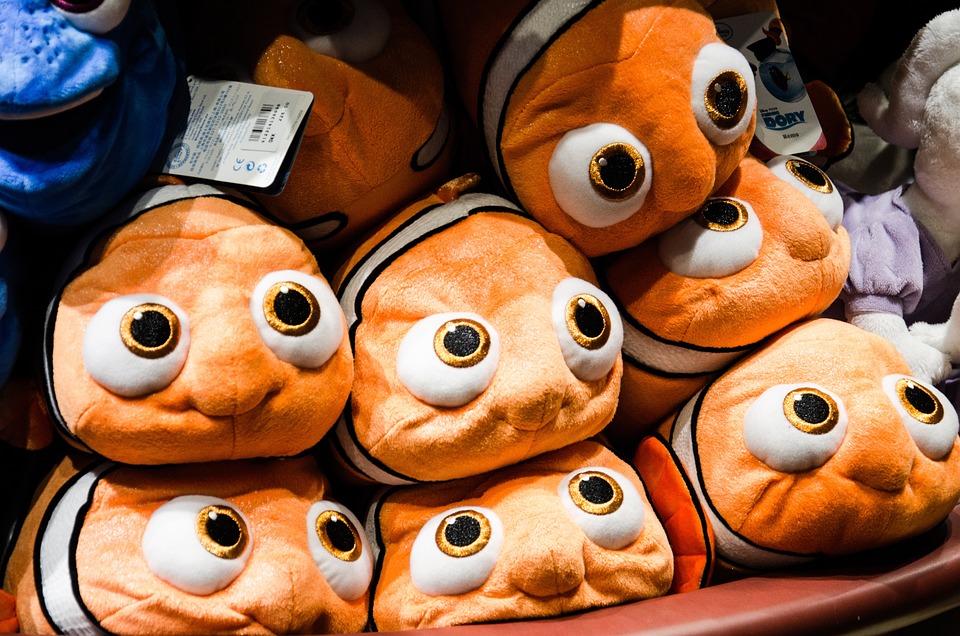Understanding fish behavior is a captivating field that offers insights into the intricate actions and interactions of our aquatic friends. Fish behaviorists play a crucial role in unraveling the mysteries of fish behavior, shedding light on their feeding habits, breeding patterns, migration routes, and social dynamics. Through their research and expertise, they contribute to our understanding of fish behavior and its implications for conservation efforts. In this article, we will explore the significance of fish behaviorists and address some frequently asked questions about fish behavior.
Fish behaviorists are essential in understanding the complexities of fish behavior. They provide valuable insights into various aspects of fish behavior, including feeding patterns, breeding behavior, migration routes, and social interactions. By studying these behaviors, behaviorists can help us understand the ecological roles of different fish species and their interactions with their environment.
One important aspect of fish behavior that behaviorists focus on is uncovering feeding patterns. By studying how fish search for, capture, and consume food, behaviorists can gain insights into the ecological dynamics of aquatic food webs. This information is crucial for understanding the impacts of environmental changes, such as pollution or overfishing, on fish populations and their habitats.
Deciphering breeding behavior is another area of study for fish behaviorists. By observing courtship rituals, nest-building behaviors, and parental care, behaviorists can gain insights into the reproductive strategies of different fish species. This knowledge is essential for managing and conserving fish populations, as it helps us understand the factors that influence successful reproduction and the potential impacts of human activities on fish breeding.
Understanding migration routes is another key area of research for fish behaviorists. By using tools such as acoustic telemetry and tracking devices, behaviorists can track the movements of fish and identify their migration patterns. This information is invaluable for managing and protecting fish populations, as it helps us identify critical habitats, migration corridors, and potential threats to fish migration.
Social interactions among fish are also a fascinating area of study for behaviorists. By observing group dynamics, dominance hierarchies, and communication behaviors, behaviorists can gain insights into the social structure and behavior of fish populations. This knowledge is crucial for understanding the impacts of social interactions on fish health, reproduction, and survival.
To study fish behavior, behaviorists utilize a range of tools and techniques. Acoustic telemetry allows behaviorists to track fish movements and behavior using underwater sound signals. Underwater cameras and video analysis enable behaviorists to observe fish behavior in their natural habitats. Tracking devices, such as tags or implanted transmitters, provide valuable data on fish migration patterns and behavior. Biotelemetry involves the use of implanted sensors to monitor fish physiology, behavior, and environmental conditions.
The research conducted by fish behaviorists has significant contributions to conservation efforts. By assessing the environmental impact of human activities on fish behavior and populations, behaviorists help identify the most effective conservation strategies. They also contribute to the development of sustainable fisheries management practices by understanding the behavior and needs of target fish species. Additionally, behaviorists play a crucial role in improving aquaculture practices by studying fish behavior in captivity and designing environments that promote their well-being and natural behavior.
Now, let’s address some frequently asked questions about fish behavior.
Q: What factors influence fish behavior?
A: Fish behavior can be influenced by a variety of factors, including environmental conditions (temperature, water quality, and availability of food), predator-prey relationships, reproductive needs, and social hierarchies within a group of fish.
Q: How do fish communicate with each other?
A: Fish utilize various communication methods, including visual displays, acoustic signals (such as vocalizations or drumming sounds), chemical signals (released through pheromones), and electrical signals (used for navigation and locating prey).
Q: Do fish have memory?
A: Yes, fish do possess memory, although the extent and duration of their memory vary among species. Some fish have been shown to remember the location of food sources, recognize individuals, and learn from past experiences.
Q: Can fish change their behavior over time?
A: Fish behavior can indeed change over time. Environmental changes, availability of resources, and interactions with other fish can all influence their behavior. Additionally, fish can learn from experiences and adjust their behavior accordingly.
Q: Are fish behaviorists involved in aquarium design?
A: Yes, fish behaviorists play a crucial role in aquarium design. By understanding the natural behaviors and requirements of different fish species, behaviorists can create environments that promote the well-being and natural behavior of fish in captivity.
In conclusion, fish behaviorists are vital in unraveling the complexities of fish behavior. Through their research and expertise, they contribute to our understanding of fish feeding patterns, breeding behavior, migration routes, and social interactions. By applying their knowledge to conservation efforts, they help protect fish populations and promote sustainable practices. So, the next time you observe a school of fish swimming gracefully, remember the dedicated work of fish behaviorists who help us comprehend and appreciate the intricacies of their underwater world.









